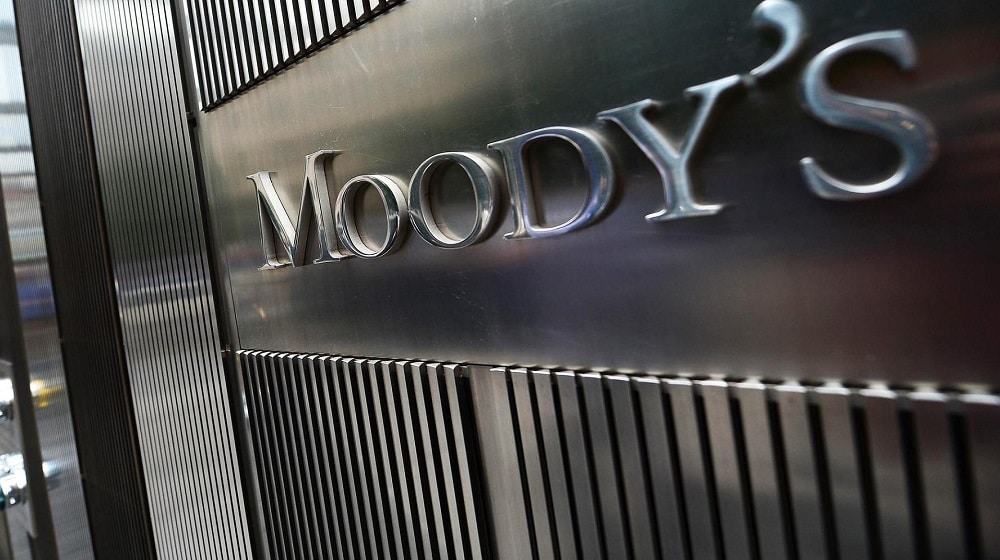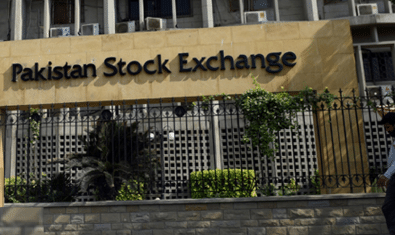Moody’s Investors Service reported the fallout from the correction in Turkey’s (B3 negative) exchange rate and the external vulnerability and sensitivity to a rise in the cost of debt of some emerging and frontier market nations.
The credit rating agency highlighted that those economies most sharply hit by weakening exchange rates, wider risk premier and lower capital inflows so far this year share the characteristics of current account and budget deficits, while country-specific factors — often relating to policy credibility — have likely also fueled the financial market sell-off.
The report “Sovereigns – Global Contagion risks greatest where external vulnerability, weak debt affordability meet low policy credibility” examines the countries that have been worst hit by a tightening in financial conditions this year. It draws on Moody’s previous analyses of where — aside from Turkey — vulnerability to a sharp and sustained deterioration in financing conditions is greatest.
ALSO READ
Foreign Exchange Reserves Deplete by $778 Million in July
Looking at the size and composition of their balance of payments and the number of financial buffers in the form of foreign exchange reserves, Moody’s identified Argentina, Ghana (B3 stable), Mongolia (B3 stable), Pakistan (B3 negative), Sri Lanka (B1 negative) and Zambia, besides Turkey, as most vulnerable to dollar appreciation.
And out of these, Argentina and Pakistan’s currencies have experienced particularly marked depreciation against the dollar to date, said a press release issued by Moody’s.
Meanwhile, sovereigns with relatively high debt burdens, weak debt affordability and relatively short debt maturities are especially susceptible to a deterioration in their credit profiles in the event of rising government bond yields.
Out of the sovereigns that Moody’s has identified as relatively vulnerable to a sharp and sustained rise in the cost of debt, Ecuador, Gabon, Kenya (B2 stable), Lebanon (B3 stable) and Ghana have seen their risk premia, as measured by EMBI bond spreads, widen the most to date.
According to Moody’s report in July, Pakistan is facing elevated external pressures stemming from a strong domestic demand and capital-import heavy investments related to the China-Pakistan Economic Corridor (CPEC).
“We expect a current account deficit of 4.8% of GDP this year,” maintained the report. “While reserve coverage of external debt repayments remains adequate for now, we expect that coverage to weaken. Unless capital inflows increase substantially, we see an elevated risk of further erosion in foreign exchange reserves. 30% of government debt is denominated in foreign currency,” the report adds.
“Pakistan’s gross borrowing requirements are among the highest in our sovereign rated universe at around 27%-30% of GDP, driven by persistent fiscal deficits and the government’s reliance on short-term debt, with an average maturity of 3.8 years,” the report continues.





















